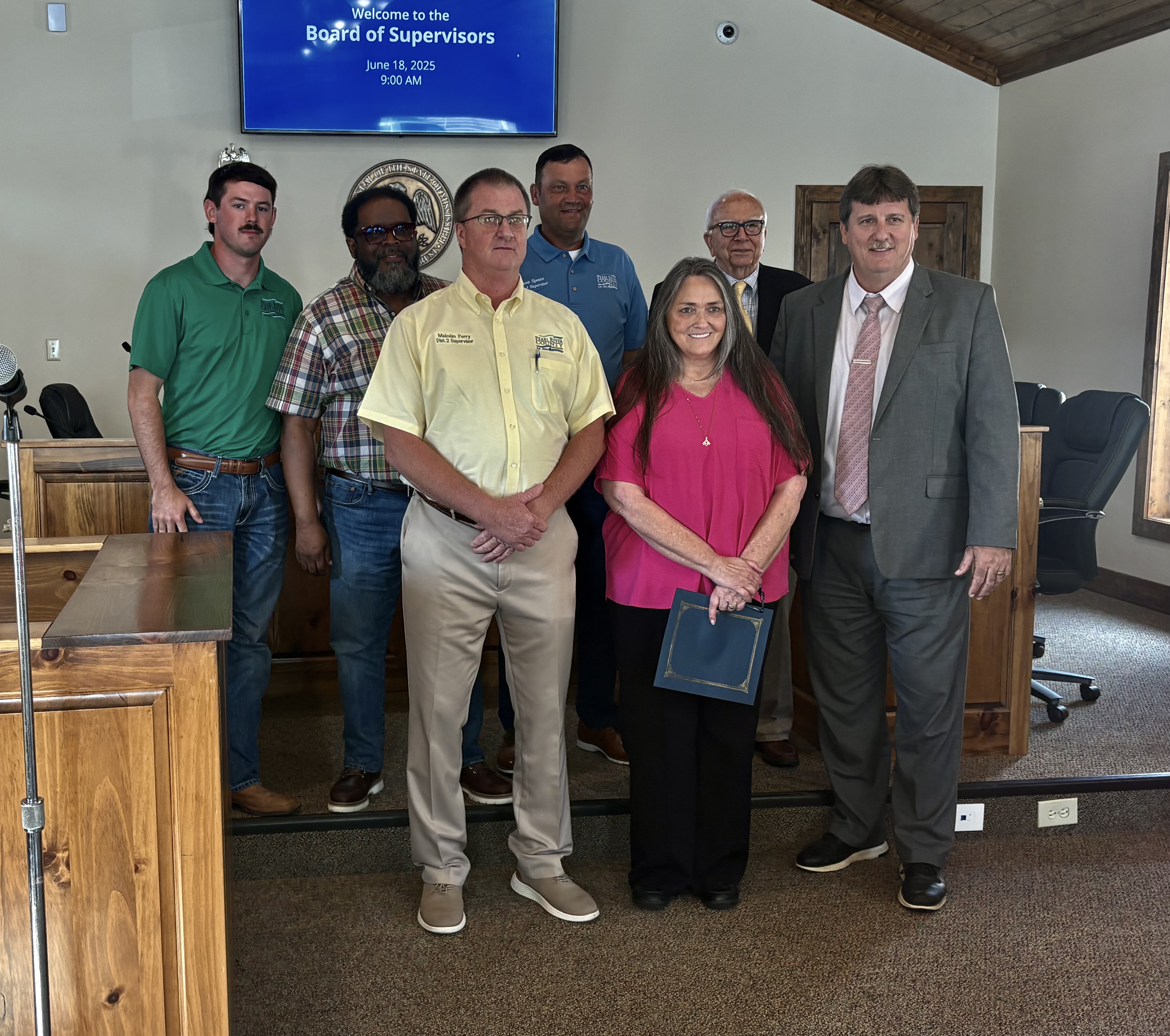Kids these days: Why are they so different?
Published 7:00 am Friday, September 5, 2014
We have all uttered that expression a time or two, even those of us working around a lot of college age youth. Why is it that they are so different? Well, Ron Nief and Tom McBride of Beloit College, in Beloit, Wisconsin, produce a rather amusing list of events and experiences that help explain this. The authors research historical and cultural events that have shaped young minds. Originally the list was produced to caution college faculty about using dated references that students might not relate to in the classroom. Now, the Mindset List is used to characterize, in a very general sense, entering college freshman; or those born circa 1996.
Many of the items on the list really just make some of us feel old. For instance, number four on the list indicates that wire rimmed glasses reminds this group of Harry Potter, not John Lennon. The U.S. quarter has always celebrated the 50 states in our union (#54 on the list). Water fountains are not for drinking from but for filling water bottles (#11). And finally, many of us think of Saturday mornings as the time to watch cartoons; not this group, as #10 indicates. Cartoons and kids shows have always been available 24 – 7!
Some of the items are cultural, or represent positive equal opportunity changes that have come about in our country. Military schools such as VMI and the Citadel have always admitted females (#13) and the NBA has always had female referees (#32). The 37th item for this group crosses business, technology and culture indicating that this group has always known Bill Gates as the richest person in the world.
Politics certainly shapes the world that we live in, and with that, a two term President (#43) is the norm for these first year college students. Of course they are used to having conservative and liberal news programming where hosts verbally express their distrust, or dislike for each other (#14). However, it is very likely that the only news show they actually watch is really a comedy, The Daily Show with John Stewart (#7). Keeping the political theme, George Stephanopoulos means little to them (#40). Finally, the first event on the list was replayed countless times across the airwaves when this group was just in kindergarten; jet airplanes flying into skyscrapers.
Science and medicine are certainly on the list. Since their childhood, there seems to be a pill for most any ailment (#3); even if the pill is taken for something that isn’t really an ailment. Nicotine is recognized as an addictive drug that can do considerable harm (#22); not something that is inhaled in the “boys room” when the teacher is not around. Rich people can clone their favorite pet rather than going out and getting new one (#23). Finally, for those that actually watch regular television shows, seeing commercials for a vast array of drugs is commonplace (#25).
The technology that these young people have grown up with is remarkable. Having a television is not necessary requisite in order to actually watch TV; they watch what they want to watch whenever the time is convenient for them via the World Wide Web (#30). A phone is not used to actually communicate in a verbal sense; but to communicate visually via “selfies” (#6). Another one involving the cell phone, the pound key is not really a phone key at all; it represents the “hashtag” (#5). Rather than actually go someplace to hang out with friends, they get together and socialize via the Web with tools such as Skype (#38). These technology natives have a plethora of Web browsers at their disposal such as Internet Explorer, Google Chrome, and Apple Safari and probably have no idea about Netscape (#46).
There are some things here that can help teachers and instructors enter the world that these youth reside. Since this group has been known to binge on their favorite video content; perhaps they will binge on instructional and classroom videos (#2) if made available. To put this in perspective, as is the case every school year; this group most certainly has a different “point of view” of the world than teachers. “Kids these days” will always have their own unique perspective of their world; good teachers recognize that and make learning real and fun!
By Scott Alsobrooks





